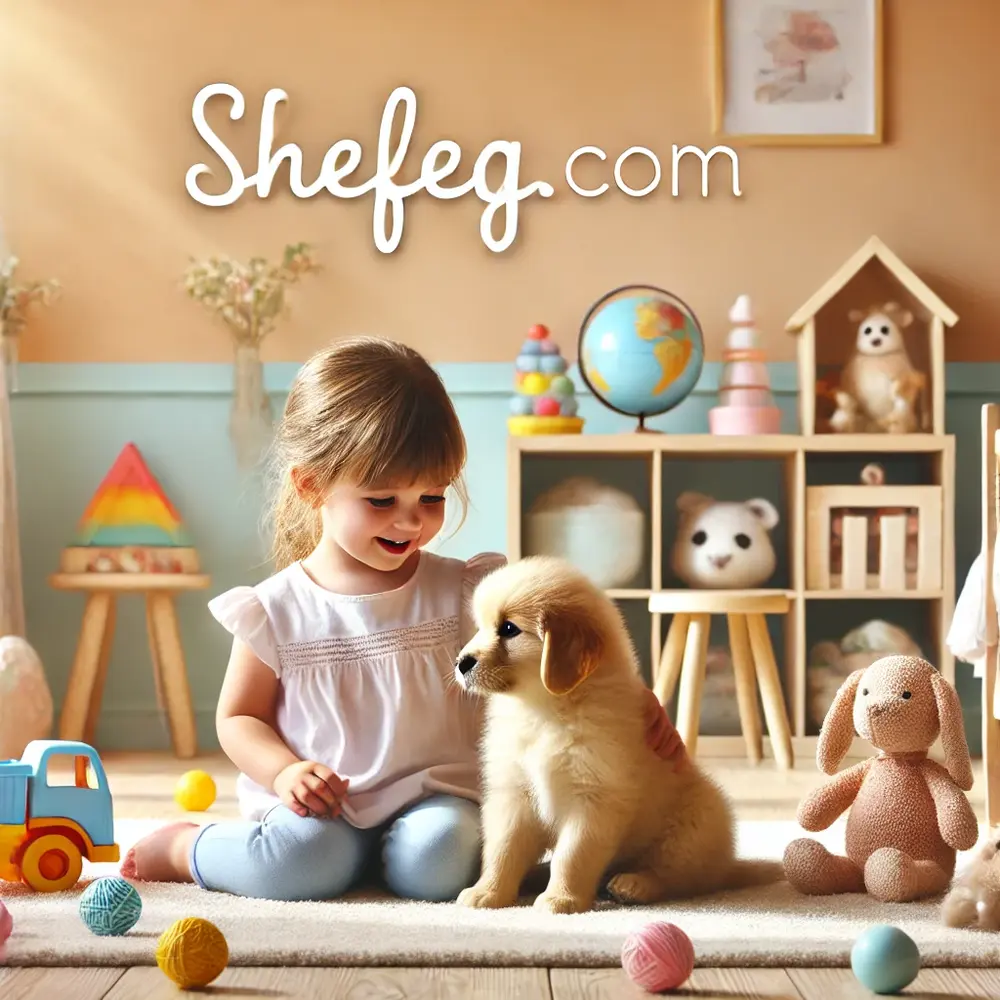INTRODUCTION
In a child’s eyes, the world is made of play, discovery, and love. If there is one being that can provide all three at once—serving as a companion, teacher, and emotional guide—it is a household pet. This article explores how pets influence a child’s development, emotional world, and social skills.
I. THE FOUNDATION OF EMPATHY
Having a pet teaches children responsibility and emotional awareness.
-
They learn to share love and provide care.
-
By noticing when a pet is hungry, thirsty, or scared, children develop the ability to understand feelings.
-
They begin to “read” the animal’s emotions — this becomes the foundation of empathy.
II. RESPONSIBILITY AND DAILY ROUTINE
Taking care of a pet brings structure to a child’s life.
-
Feeding, filling the water bowl, cleaning the space — these tasks build order.
-
Daily care helps children become more purposeful, helpful, and responsible.
-
Looking after a pet encourages children to pay attention to their own well-being too.
III. A FRIEND IN TIMES OF STRESS
School pressures, family tensions, and social environments can create stress for children. Pets often act as emotional regulators.
-
When a child is sad, a pet might lie down beside them — providing a sense of calm.
-
Talking to pets — especially for introverted children or those learning to speak — helps with emotional expression.
IV. SOCIALIZATION AND FRIENDSHIP SKILLS
Pets boost a child’s self-confidence and improve social interactions.
-
Talking about their pet, showing it to others, and caring for it builds communication skills.
-
Children with pets often make more friends, as shared interest makes connection easier.
V. RESEARCH-BASED BENEFITS
Scientific studies reinforce the positive impact of pets on children:
-
American Academy of Pediatrics: Children with pets show greater emotional resilience.
-
Psychologist Gail Melson: Children see pets as friends and sources of safety.
-
For children on the autism spectrum, interaction with animals increases eye contact and use of gestures.
VI. WHICH PET IS RIGHT FOR YOUR CHILD?
Not every pet is suitable for every child. Family structure, the child’s age, and living conditions should be considered.
-
Dogs – Great for active children.
-
Cats – Better suited to quiet and observant kids.
-
Fish and birds – Ideal for first-time pet experiences.
-
Rabbits and hamsters – Build gentle emotional bonds with calm children.
CONCLUSION
A pet is not just a toy—it’s a teacher, a friend, a secret-keeper, and a source of psychological support. Their presence brings color, structure, and love into a child’s life.
If every child had a furry friend, the world would surely be a kinder, more compassionate place...

